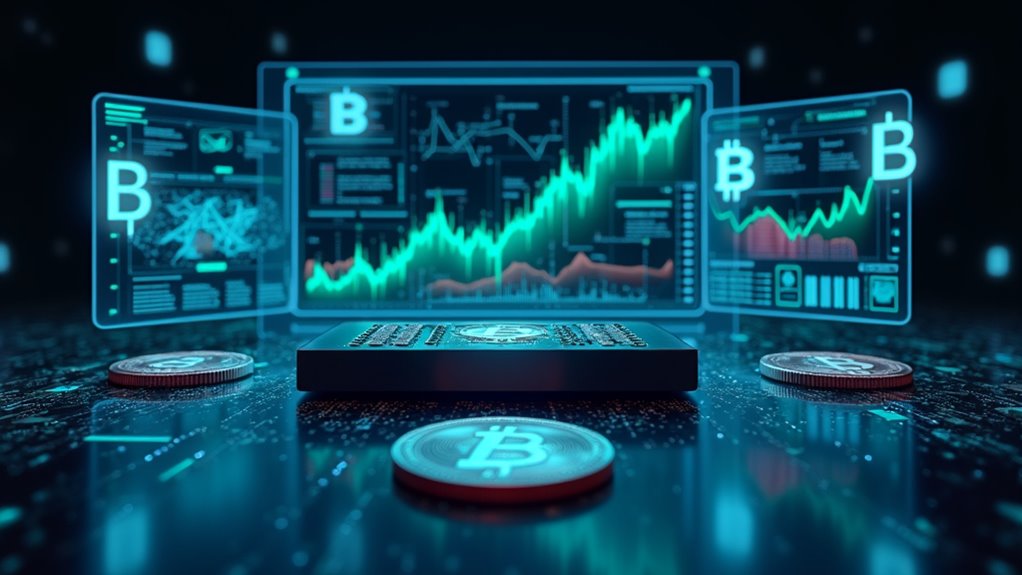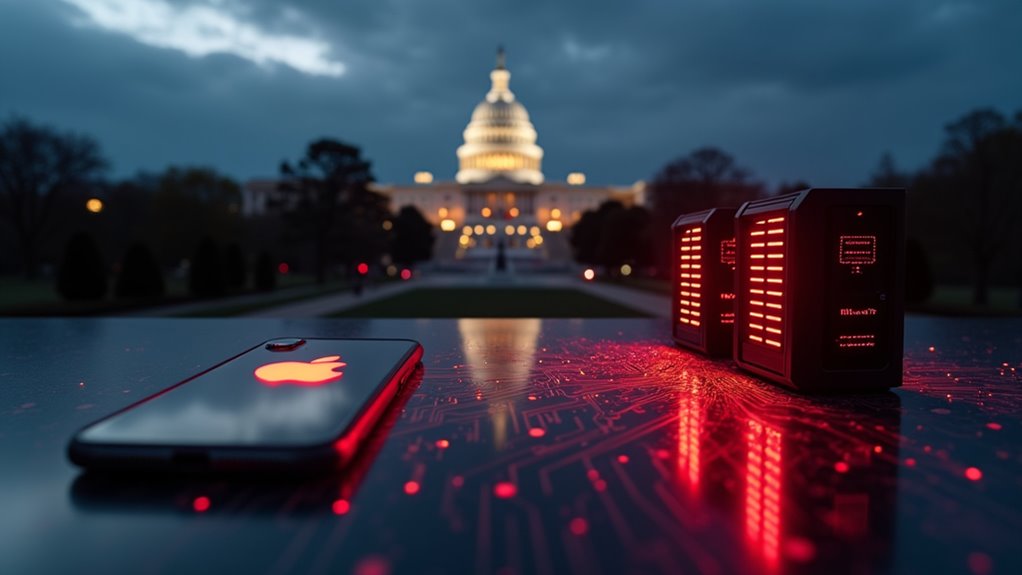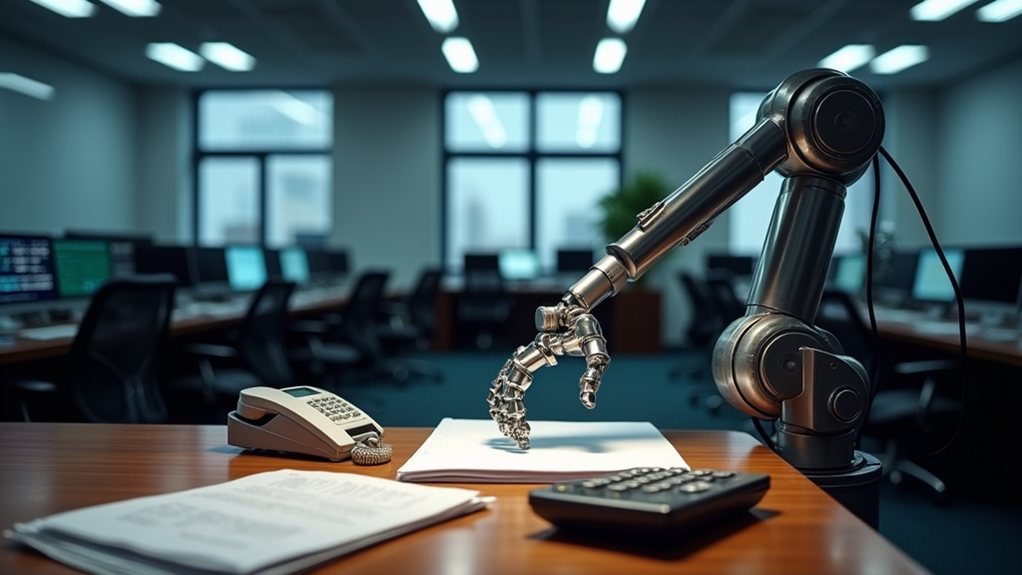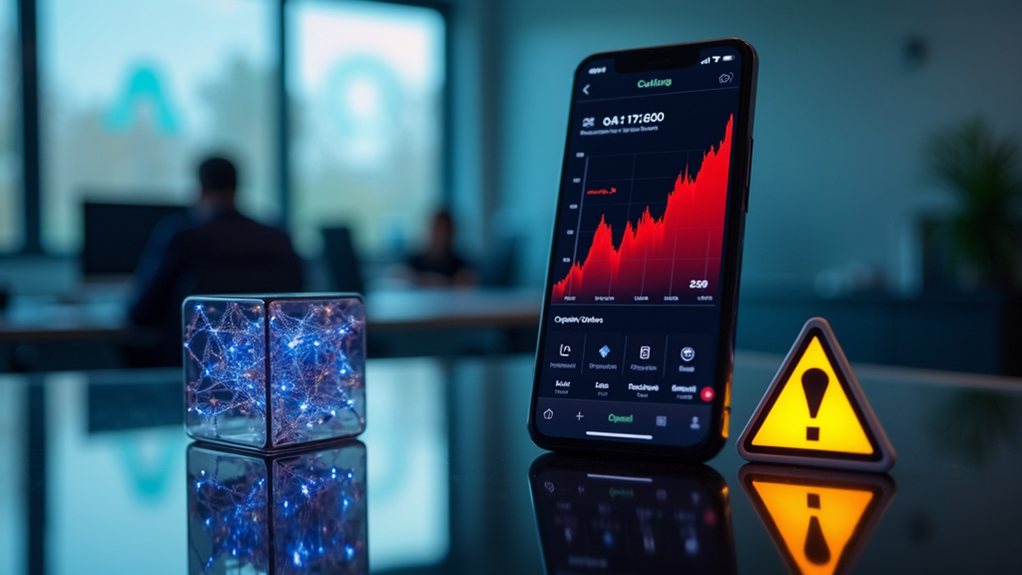AI is quietly bulldozing Bitcoin forecasting’s old rulebook, swapping gut instinct for neural networks and sentiment scanners that could make even Wall Street’s old guard sweat. Forget tea leaves—AI crunches historic price swings, economic signals, and even viral Elon Musk tweets. That $118,000 by mid-2025 price call? It’s coming straight from an algorithm chugging petabytes, not a suit guessing in an office. Curious how these digital soothsayers are changing the trading game, one byte at a time? Stick around.
Even in a world where your coffee machine can recommend playlists, the idea of AI predicting Bitcoin’s next moonshot sounds like sci-fi—until you look at the numbers. Forget the mystique of Wall Street wizards and their crystal balls; algorithms are quietly eating their lunch. AI models are now dissecting Bitcoin’s wild price swings with a sophistication that would make Gordon Gekko’s hair gel curdle.
AI isn’t just predicting Bitcoin’s future—it’s outsmarting the old guard and turning sci-fi dreams into market realities.
Here’s the scoop: AI, especially those fancy neural networks, chew through mountains of data—think years of Bitcoin prices, global economic headlines, and enough technical indicators to make your eyes cross. The result? Forecasts that, more often than not, outsmart the old-school methods. Some machine learning models even spit out price targets that make crypto maximalists drool: $220,000? Sure, why not. Others play it cool and say, “Hey, maybe $128,000 by December 2025, give or take.” [Some analysts now compare Bitcoin’s market cap directly to gold’s, using AI to simulate scenarios where Bitcoin captures a percentage of gold’s $15 trillion value.]
- *Short-term predictions?* AI models routinely call for $118,000 by mid-2025. No, that’s not a typo.
- *Model reliability?* Legacy and newly upgraded AIs often agree, which is either comforting or terrifying, depending on your risk appetite.
But don’t picture a robot in a suit barking orders on the trading floor—real progress happens under the hood. These systems use everything from support vector machines to neural network ensembles, adapting on the fly as market conditions whiplash. They’re not just crunching numbers—they’re reading the room, spotting panic before it goes viral on Twitter, and sensing opportunity before the Reddit crowd gets wind.
*Pop quiz*: What happens when AI starts factoring in Federal Reserve gossip, global pandemics, or that one tweet from Elon Musk? You get more nuanced forecasts—and, significantly, smarter risk management. Portfolios become less like roulette tables and more like chessboards.








